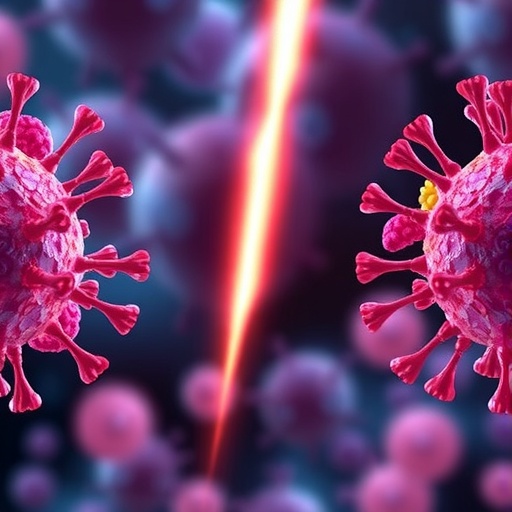The text provides a comprehensive overview of the role of BRPF1 (bromodomain and PHD finger-containing protein 1) in various gastrointestinal cancers and other cancer types. Here’s a detailed summary and analysis of the key points related to BRPF1’s function:
Role of BRPF1 in Gastrointestinal Cancers
Hepatocellular Carcinoma (LIHC)
Oncogenic Function: BRPF1 acts as an oncogene in liver cancer (LIHC), with increased expression linked to tumor progression.
Regulation: Overexpression may be driven by transcription factors such as SP1 and mutant p53 variants (e.g., p53R249S, p53Y220C), which bind BRPF1 regulatory elements, promoting chromatin remodeling and histone acetylation.
Environmental Influence: Exposure to environmental toxins like endosulfan induces BRPF1, while inflammation-related cytokine NFα decreases its expression.
Prognostic Marker: Elevated BRPF1 correlates with poor overall and disease-free survival, and its expression is positively associated with proliferation markers (Ki67) and other oncogenic factors (MOZ, MORF, MTA2).
Cancer Stemness: BRPF1 is upregulated in liver cancer stem cells (CD133+), maintaining stemness via regulation of NOTCH1, OCT4, and EPCAM.
Mechanism: Regulates oncogenes E2F2 and EZH2 by modulating MOZ/MORF acetyltransferase activity and H3K14 acetylation.
Therapeutic Targeting: Genetic knockout or pharmacological inhibition (e.g., GSK5959, OF-1, NI-57) reduces tumor growth, inducing senescence and cell cycle arrest.
Colon Adenocarcinoma (COAD)
BRPF1 upregulation driven by Pygo2, a Wnt/β-catenin coactivator.
BRPF1 promotes proliferation and stem-like properties.
Targeting BRPF1 reduces colony formation and tumor growth in Pygo2-high cells.
Gastrointestinal Stromal Tumor (GIST)
BRPF1 identified as essential in genome-wide CRISPR-Cas9 screens.
Pharmacological inhibition results were inconsistent regarding cell proliferation, possibly due to low drug doses.
Esophageal Cancer (ESCA)
BRPF1 promoter shows an active chromatin state in cfDNA from ESCA patients, suggesting a potential diagnostic/prognostic marker function.
Role of BRPF1 in Genitourinary Tumors
Prostate Cancer (PCa)
Expression inversely reported but increased BRPF1 associates with progression parameters (Gleason score, stage, recurrence risk).
BRPF1 stabilizes through USP35-mediated deubiquitination, enhancing transcription of SREBP2, which drives mevalonate metabolism.
Contributes to taxane resistance by regulating ABCB1-mediated drug efflux and cell cycle progression.
BRPF1 inhibition reverses resistance and synergizes with chemotherapy.
Ovarian Cancer (OC)
Genomic amplifications and aberrant cytoplasmic localization via fucosylation noted; mRNA-protein expression discrepancies exist.
High BRPF1 correlates with poor outcomes and advanced disease.
Promotes proliferation, anaerobic metabolism, and Wnt signaling.
Knockdown induces apoptosis, cell cycle disruption, and DNA damage.
Involved in immune modulation, affecting immune checkpoint expression and immune infiltration.
Pharmacological inhibition impacts lipid metabolism and inflammatory pathways.
BRPF1 is part of key gene signatures predicting prognosis.
Role of BRPF1 in Brain Cancers
Elevated in high-grade gliomas, where inhibition reduces proliferation.
Involved in adult Sonic hedgehog medulloblastoma with mutations contributing to tumorigenesis, potentially independent of SMO mutations.
BRPF1 mutations promote neuronal dedifferentiation and tumor formation.
Role of BRPF1 in Skin Cancers
Overexpressed in melanoma at both mRNA and protein levels.
Combined pharmacological inhibition with CDC7 inhibitor impacts tumor cell survival pathways (MYC, IGF1R) and induces apoptosis and cell cycle arrest.
Summary of Mechanisms & Therapeutic Implications
Chromatin Remodeling and Histone Acetylation: BRPF1 modulates acetyltransferase activity (MOZ/MORF complexes) influencing transcription of oncogenes and pathways crucial for cell cycle progression and stemness.
Cancer Stem Cell Maintenance: BRPF1 sustains stem-like cell populations, which are critical for tumor propagation and resistance.
Metabolism and Drug Resistance: Especially in prostate cancer, BRPF1 influences metabolic pathways and chemoresistance mechanisms.
Therapeutic Target: Pharmacological inhibitors of BRPF1 (e.g., GSK5959, OF-1, NI-57) show promise by arresting the cell cycle, inducing apoptosis, and reducing tumor growth both in vitro and in vivo.
Diagnostic and Prognostic Biomarker: BRPF1 expression correlates with progression, stage, and survival in multiple cancers, making it a candidate biomarker.
In conclusion, BRPF1 is a multifaceted epigenetic regulator with oncogenic roles in gastrointestinal, genitourinary, brain, and skin cancers. It influences key pathways related to chromatin remodeling, metabolism, stemness, and drug resistance, positioning it as a valuable diagnostic marker and therapeutic target.
Tags: BRPF1 and cancer stemness.BRPF1 and histone acetylationBRPF1 as a prognostic markerBRPF1 in cancer therapyBRPF1 regulation by transcription factorscancer stem cell regulationchromatin remodeling in cancercolon adenocarcinoma proliferationenvironmental influences on BRPF1 expressiongastrointestinal cancer epigeneticshepatocellular carcinoma oncogenetherapeutic targeting of BRPF1





